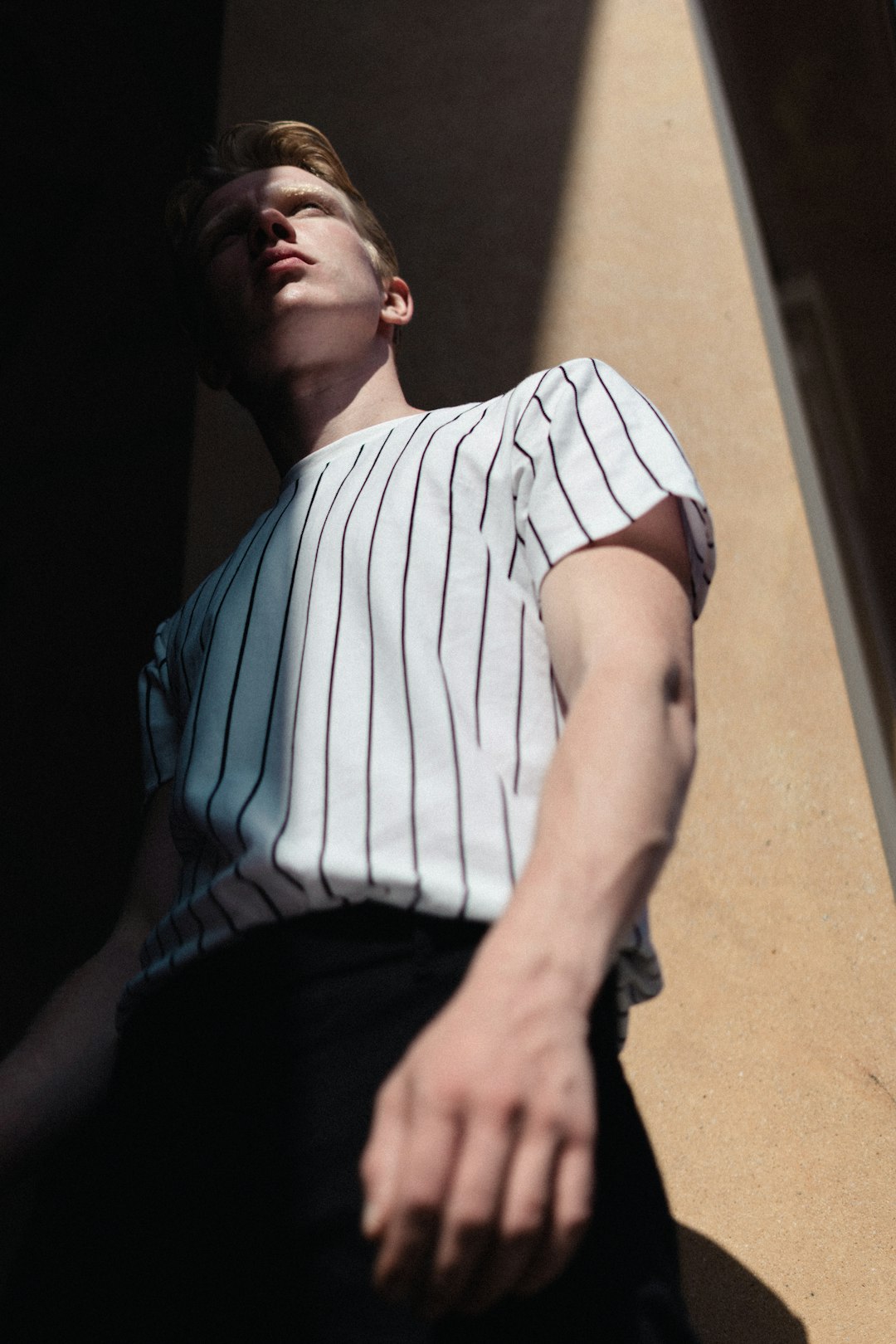Color has a powerful psychological impact on human behavior and emotions. It can evoke feelings of happiness, calmness, excitement, or even sadness. This is why understanding the psychology of color can be incredibly beneficial when it comes to selecting and coordinating outfits. By using color strategically, you can not only enhance your appearance but also influence how you are perceived by others.
First, it’s important to understand the basic principles of color psychology. Colors can be broadly categorized into warm and cool tones. Warm tones, such as red, orange, and yellow, are stimulating and energizing. They are often associated with feelings of passion, warmth, and intensity. Cool tones, on the other hand, like blue, green, and purple, are calming and soothing. They are typically associated with tranquility, stability, and trustworthiness.
When choosing your outfit, consider the message you want to convey. If you want to exude confidence and assertiveness, opt for bold, warm colors like red or orange. These shades are attention-grabbing and can make a powerful statement. On the other hand, if you want to appear more approachable and friendly, cooler tones like blues and greens are a great choice. They convey a sense of calmness and reliability.
Another important aspect of color psychology is the concept of color harmony. This refers to the way colors interact with each other and how they can be combined to create a visually appealing outfit. One of the simplest ways to achieve color harmony in your outfits is by using complementary colors. These are colors that are opposite each other on the color wheel, like red and green or blue and orange. When paired together, complementary colors create a vibrant and balanced look.
Alternatively, you can create a more subtle and sophisticated outfit by using analogous colors. These are colors that are next to each other on the color wheel, such as blue and purple or yellow and orange. Analogous colors create a harmonious and cohesive look that is aesthetically pleasing to the eye.
When it comes to accessorizing your outfit, the psychology of color still applies. Accessories like bags, shoes, jewelry, and scarves can be used to add pops of color or create a cohesive color palette. For a bold and statement-making look, consider adding a brightly colored handbag or a pair of vibrant shoes. If you prefer a more subtle approach, stick to accessories in neutral tones like black, white, or beige.
In addition to choosing the right colors for your outfit, it’s also important to consider the context in which you will be wearing it. Different colors are appropriate for different occasions. For example, bright and bold colors are perfect for social events or nights out, while muted and neutral tones are more suitable for professional settings.
In conclusion, the psychology of color is a powerful tool that can be used to enhance your outfits and create a lasting impression. By understanding the meanings and associations of different colors, you can choose the right colors to match your mood, personality, and the message you want to convey. So next time you’re putting together an outfit, remember to consider the psychology of color and watch as your style and confidence soar.


